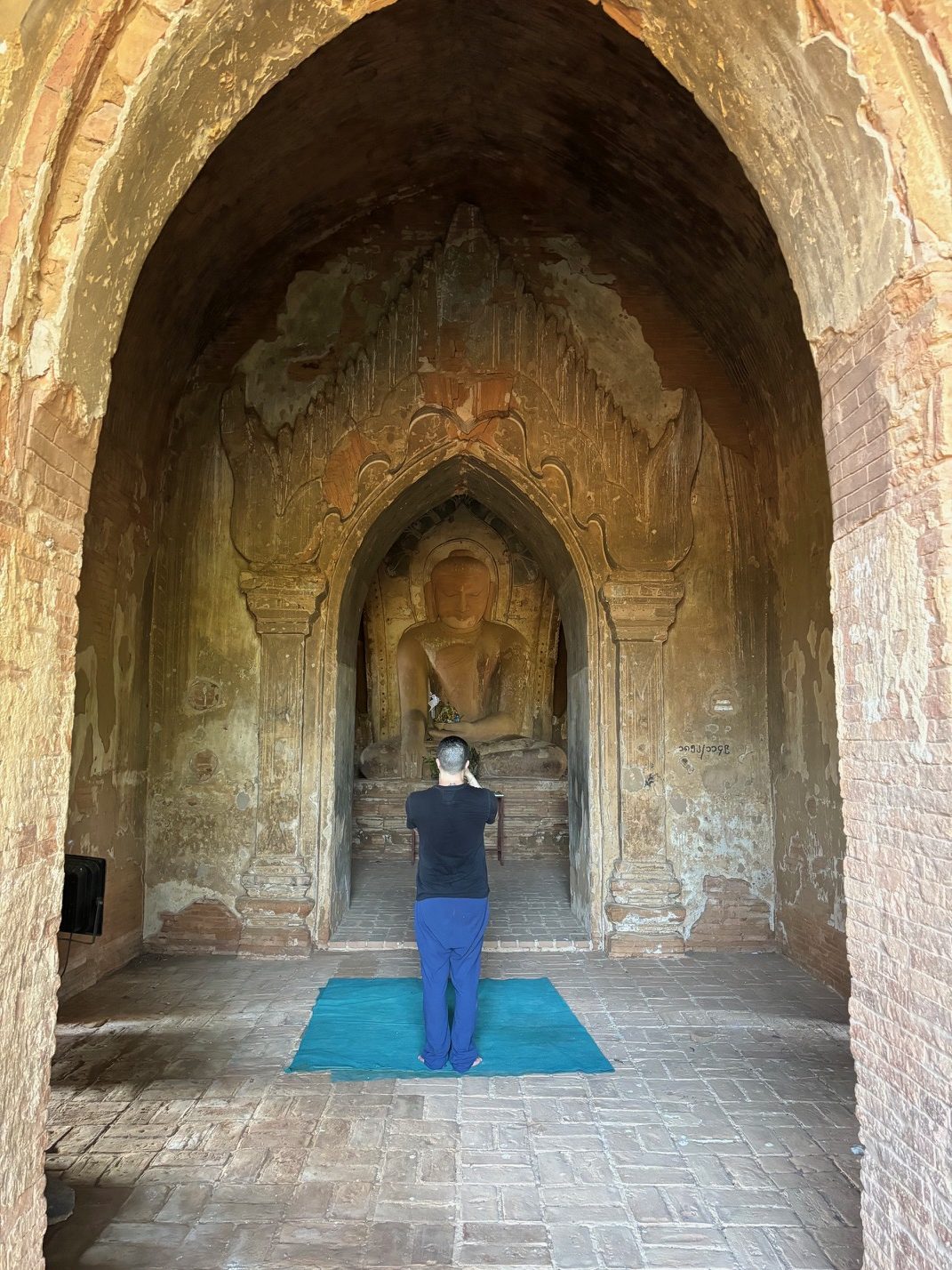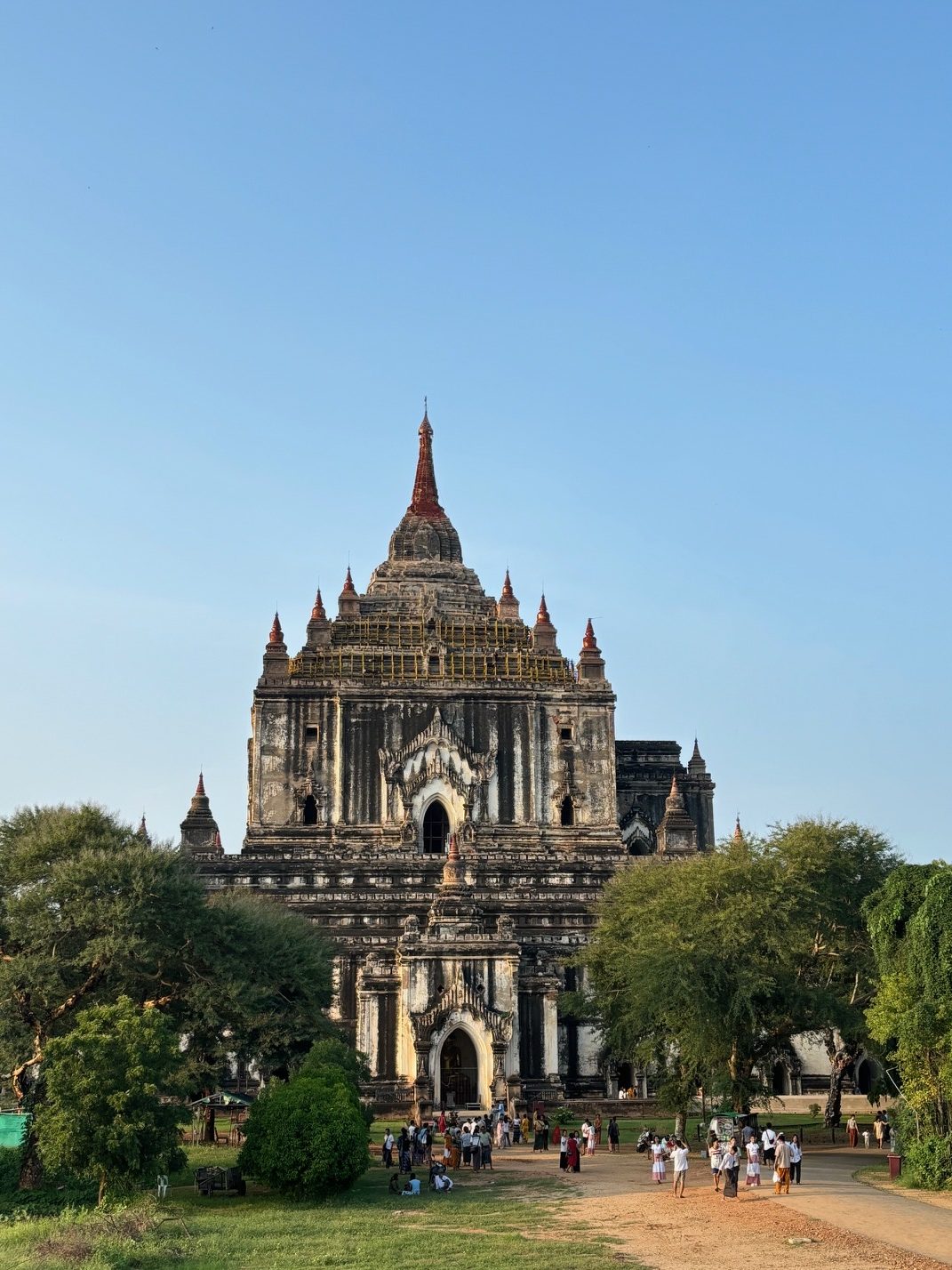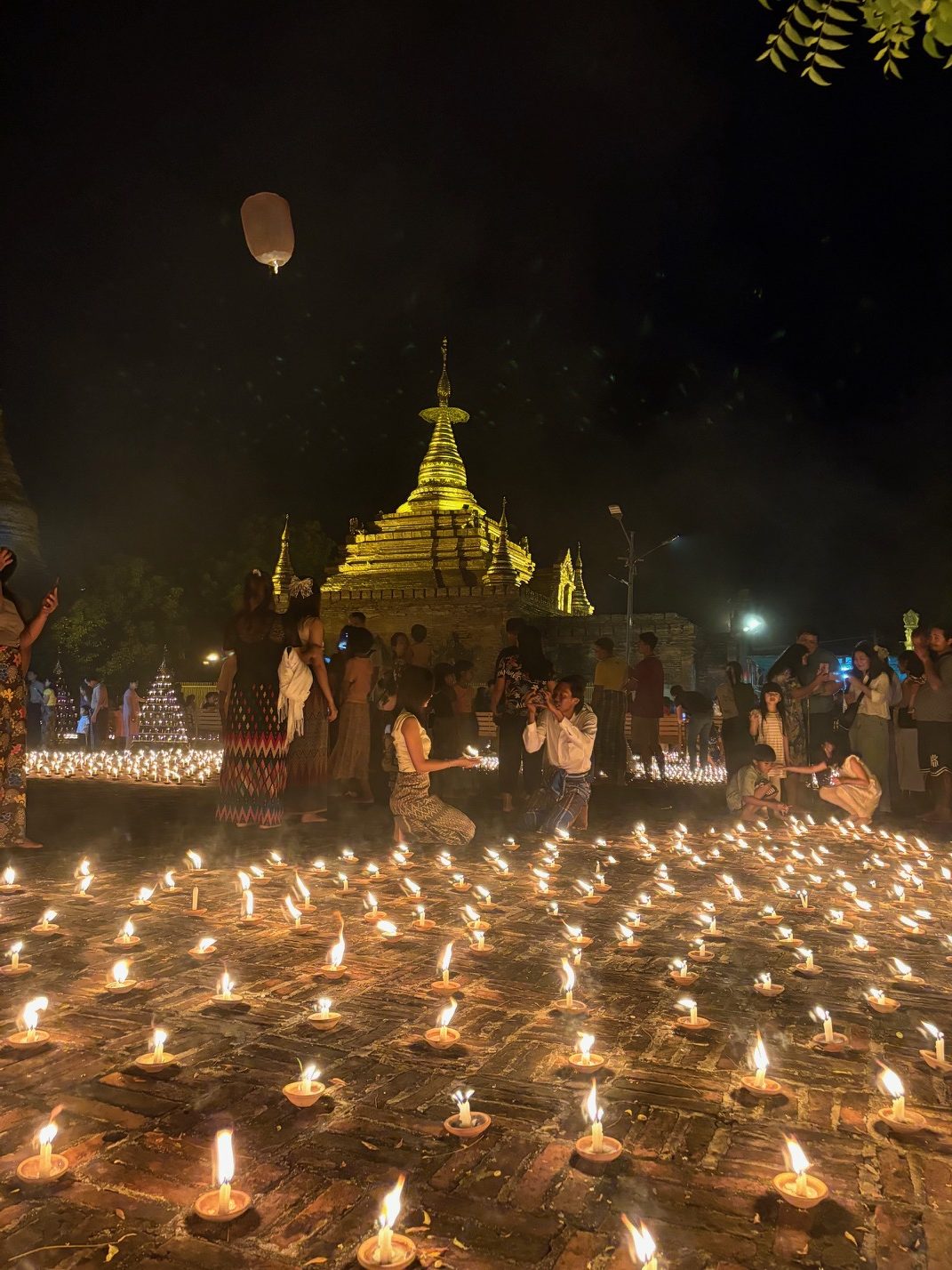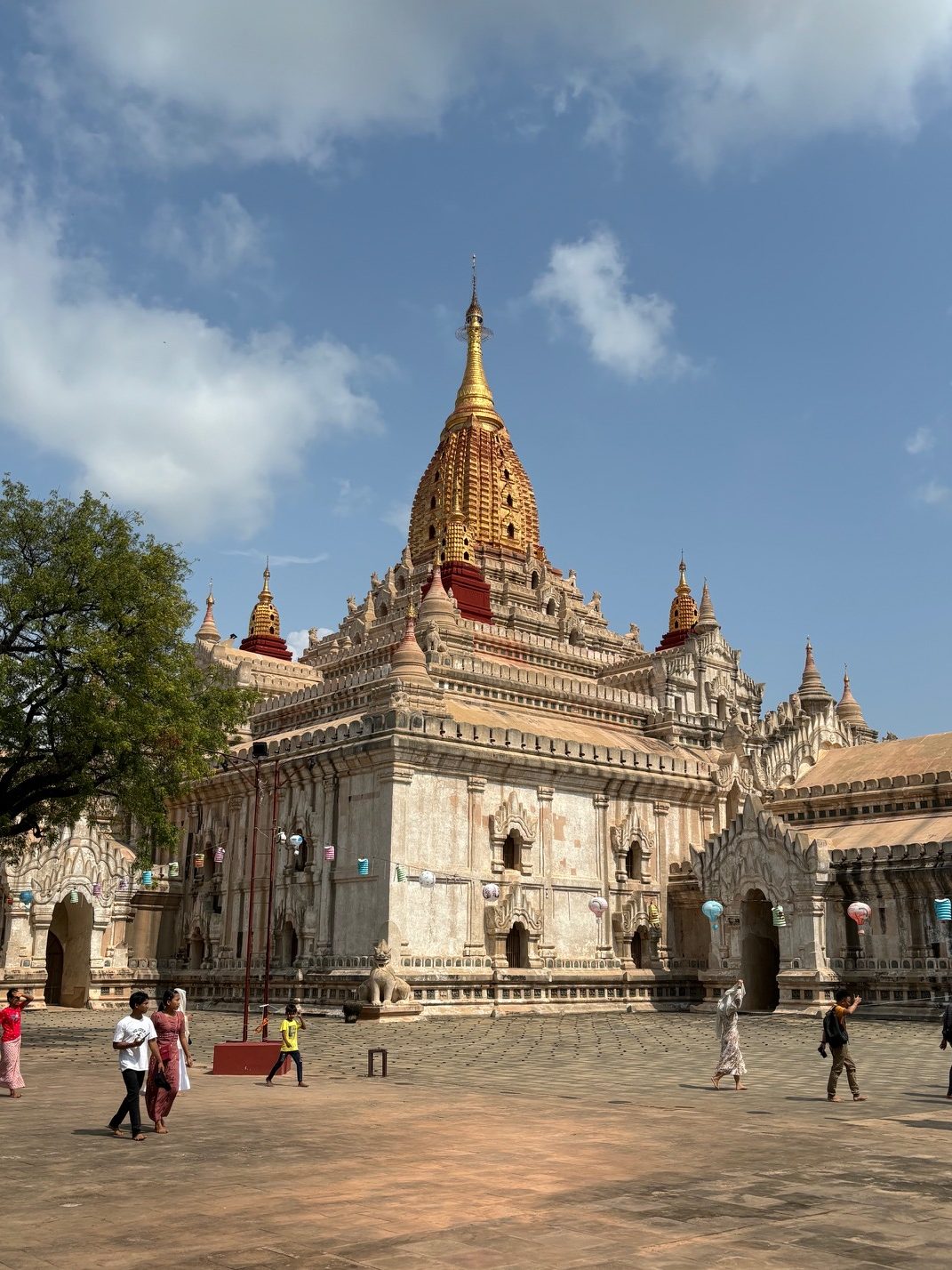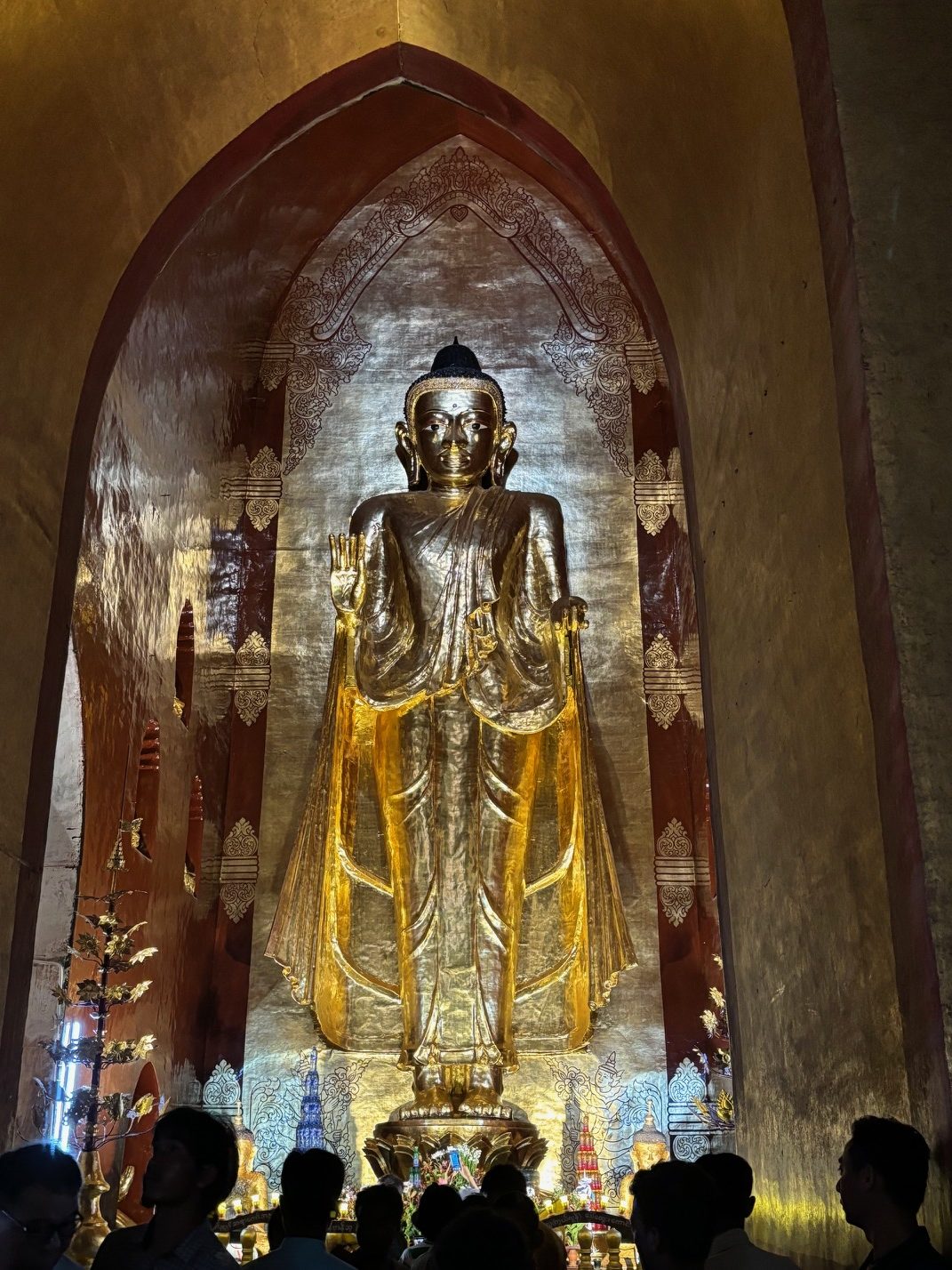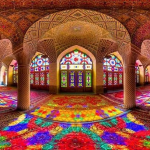When you think of ancient temple cities in Southeast Asia, Cambodia’s Angkor Wat probably comes to mind. But for Myanmar, that crown jewel is undoubtedly Bagan. Often compared to Angkor Wat, Bagan’s sprawling landscape of ancient temples, pagodas, and stupas is a sight to behold. And right now, in the absence of Western tourists due to political instability and travel restrictions, it’s an even more unique opportunity to visit this UNESCO World Heritage site, with fewer crowds and a more serene atmosphere.
While tourism from the West has dwindled, visitors from countries like Russia and China, who maintain amicable relations with Myanmar’s current leadership, are keeping Bagan’s tourism industry alive. Even local Burmese don’t flock to the site outside of annual Buddhist festivals, making it a prime time to explore Bagan with minimal crowds or to experience it during one of the country’s most significant traditional festivities. Here’s everything you need to know about this mesmerizing destination and how to make the most of your visit.
Table of Contents
Bagan: A Brief History
Bagan is an ancient city that dates back to the 9th century, but its golden age came in the 12th century under the influence of Indian architects and Buddhist philosophy. What is now a stunning expanse of temples, shrines, and stupas once served as more than just religious monuments. These structures had diverse purposes: some were places of worship, others served as tombs, while some were used for storage or even regular housing.
The variety of architecture in Bagan is nothing short of incredible. The city’s structures were built over centuries by kings with different preferences, and the ethnic diversity of the builders also left its mark. Today, over 3,000 temples are scattered across Bagan’s plains. Excavations continue, and researchers believe there were likely over 4,000 temples at the height of Bagan’s grandeur.
Buddhism arrived in Myanmar during the 11th century, primarily reaching lower Burma and coastal regions first through trade routes with India. From there, it spread inland to places like Bagan. Legend even tells of a Cambodian prince who came to Bagan, contributing to the spread of Buddhist teachings and linking Myanmar’s Buddhist history with that of other Southeast Asian nations.
Bagan’s spiritual landscape didn’t develop in isolation, though. Before Buddhism arrived, the region was steeped in animistic beliefs, with local populations worshiping spirits and nature. When Buddhism took hold, it merged with these indigenous beliefs, creating a unique form of worship that is still evident in Myanmar today.
Learn more about the biggest and most renowned temples here.

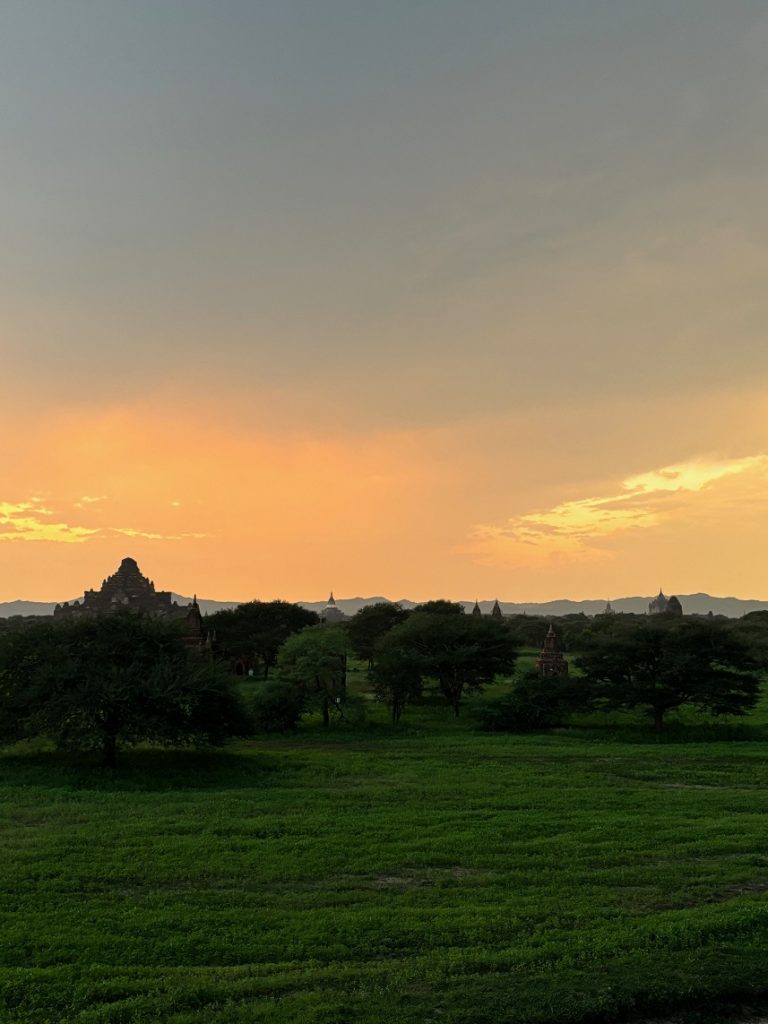
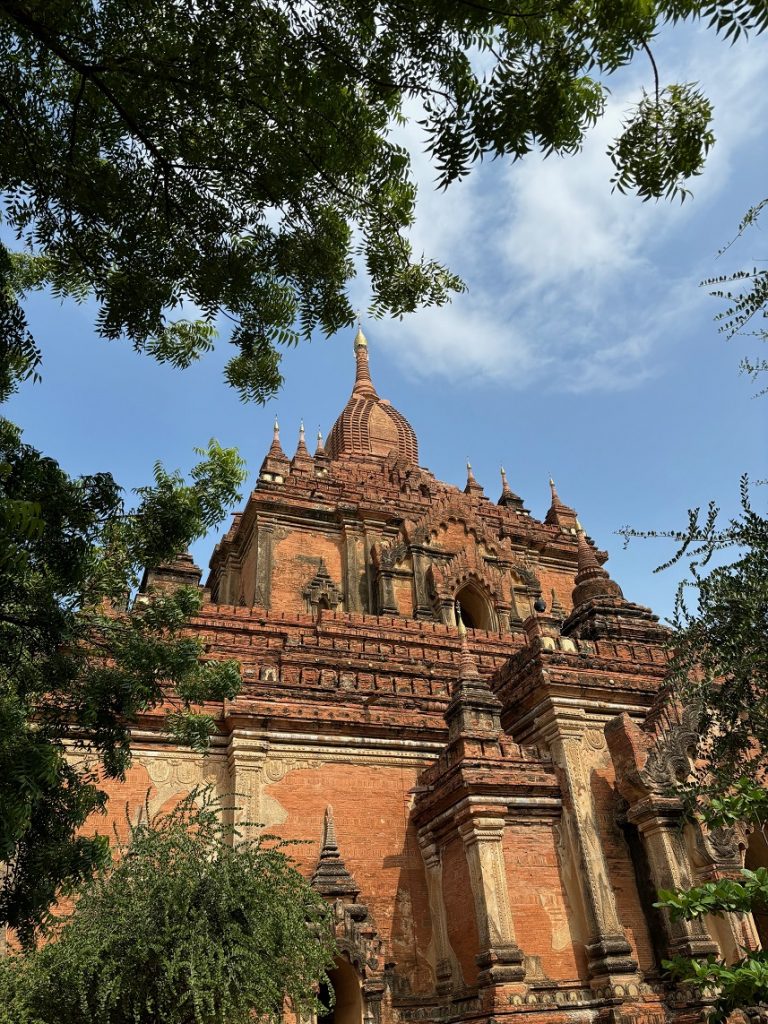
Getting to Bagan
Reaching Bagan is an adventure in itself, with several travel options depending on your schedule, budget, and sense of adventure.
- By Train: The sleeper train from Yangon to Bagan is one of the more scenic but longer routes. The journey takes around 24 hours, giving you plenty of time to soak in the rural landscapes of Myanmar. The train isn’t for everyone, as it’s known for being bumpy, but it’s an authentic way to travel.
- By Air: If you prefer to get there quickly, several domestic flights operate between Yangon and Bagan. The flight takes just over an hour, making it the fastest way to reach the ancient city.
- By Road: For those with a bit more time, a 7-8 hour drive from Yangon is another option. Buses and private cars can get you there, with the added bonus of seeing more of Myanmar’s countryside along the way.
To read about why Myanmar is so messed up click here.
Bagan Today
Despite the current political situation in Myanmar (also known as Burma), Bagan remains the most famous and visited site in the country, second only to Yangon’s iconic Shwedagon Pagoda. The awe-inspiring sight of thousands of temples stretching out as far as the eye can see is a scene you won’t soon forget. The once-famous hot air balloon rides that offered stunning aerial views of Bagan have mostly ceased operations due to the political climate, but there’s still plenty to explore on foot or by bicycle.
However, it’s important to note that Bagan has changed in recent years. After a devastating earthquake in 2016, many of the larger temple structures were deemed less stable. Climbing these temples—a common practice for tourists looking to snap the perfect sunrise or sunset photo—is now largely prohibited. Many smaller temples now have gates or are locked to prevent damage from visitors, as there had been incidents of people stealing artifacts or causing harm to these ancient structures.
Still, several temples remain open for exploration, especially the major ones, and a local guide can help you find the best spots with panoramic views. These guides are invaluable, not only for navigating the vast expanse of temples but also for sharing the history and stories that breathe life into the stones of Bagan.
To read if it safe to visit Myanmar click here.
The Layout of Bagan
Bagan’s temple landscape can feel chaotic, with thousands of structures scattered across a 40-square-kilometer area. It’s easy to feel like you’re wandering through a temple jungle, where the temples rise unpredictably from the plains. This sense of adventure is part of Bagan’s allure.
Though climbing the temples may be restricted, there are still viewpoint hills where you can catch a breathtaking sunset. The scene of temples bathed in golden light as the sun dips below the horizon is one of the most iconic views in all of Myanmar.
To read about Yangon street food click here.
Why Now Is the Best Time to Visit
With fewer tourists in Bagan than in recent memory, now is arguably the best time to visit this ancient city. You might find yourself nearly alone, wandering through temples that, in years past, would have been packed with tourists. This peacefulness allows for a more intimate connection with the site and a deeper appreciation of its history and spirituality.
For those interested in a more immersive experience, Young Pioneer Tours (YPT) can help facilitate your journey to Bagan. They’ll ensure you get the most out of your trip by arranging local guides, setting up transport, and introducing you to locals who can share their stories about how the city has evolved over the past two decades. With some careful planning, and maybe a little bit of luck, you might even get to experience the hot air balloon ride that makes Bagan so famous.
To check out our Myanmar Tours click here.

